What I want to achieve:
User presses the button in the ViewController then, the color of the button placed in the container view should change its color to red.
How can I get access of the button placed in the container view, from the ViewController?
